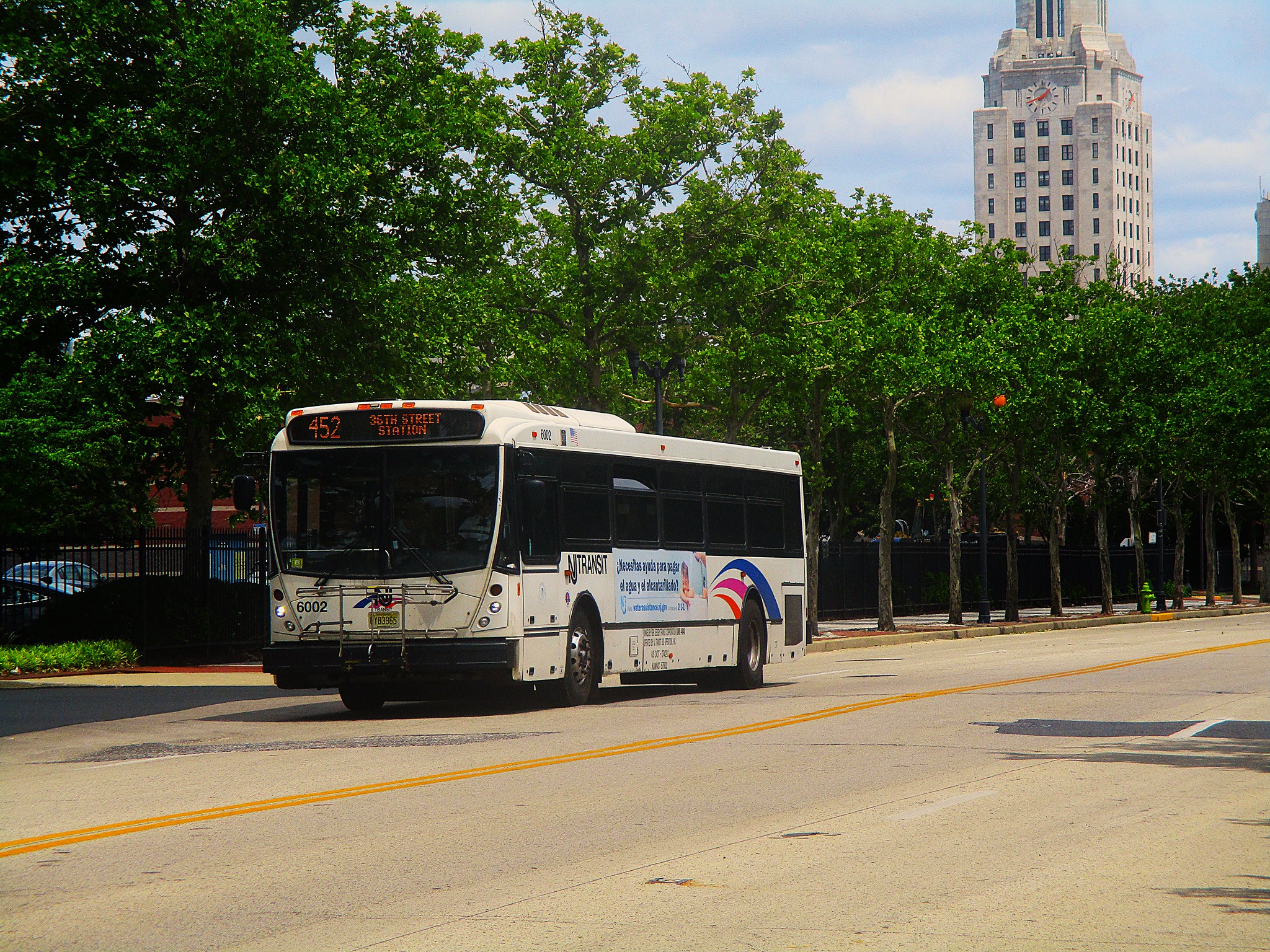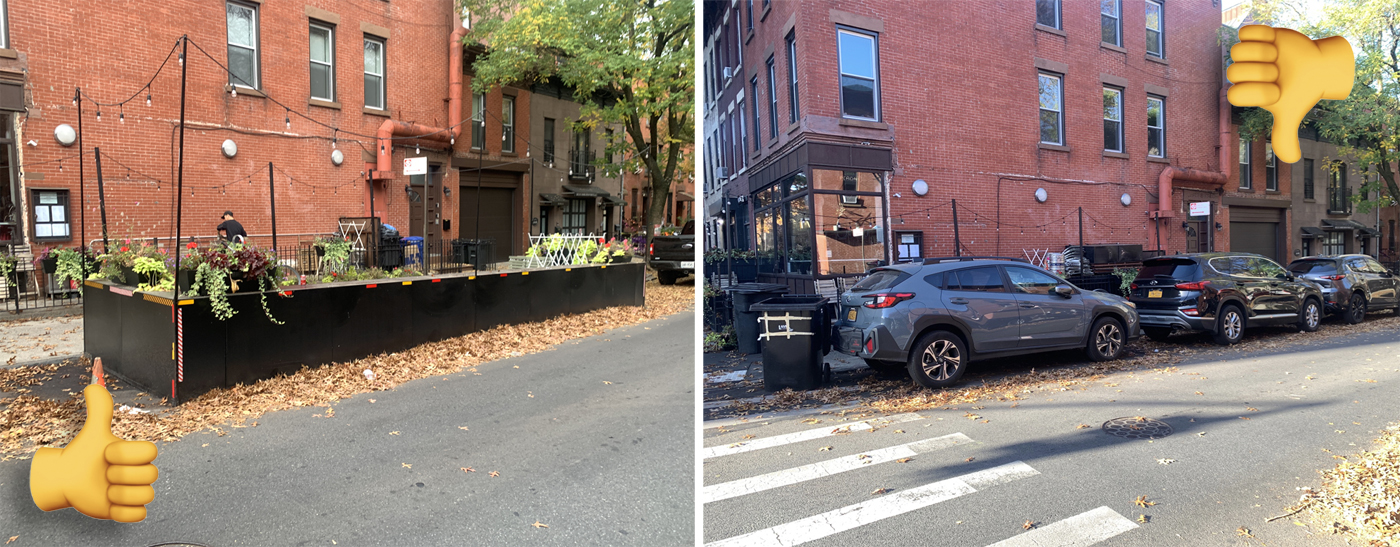Perhaps you don’t want to live in New Jersey — but you definitely wouldn't want to live there without public transit.
In a new report, the Regional Plan Association put a dollar figure on the staggering economic and social consequences for the Garden State without NJ Transit, its public transit network that moves more than 720,000 residents every weekday.
A New Jersey without NJ Transit would lose $12.7 to $13.8 billion per year, according to the report, created with the urban economics firm, Econsult Solutions. Obviously, no one is talking about eliminating NJ Transit, but by putting a pricetag on the impact of the transit network, the report gives a clear picture of its value.
“Without NJ Transit, there would be gridlock on major corridors, more crashes, increased air and noise pollution, and higher public costs across the board. The loss of mobility could hamstring the state,” the report reads.
The report zeroes in on five communities with relatively high rates of commuting by transit: Atlantic City, Bloomfield, Hackensack, Newark and Union City. In most of these cities, still more than 50 percent of the working population drives a car, truck, or van to work. Union City is the only exception with 42 percent of commuters driving, according to the report.
A transit-free hellscape
New Jersey has one of the largest public transportation systems in the country. But still the vast majority of commuters use personal vehicles to get to work. Only around 9 percent of commuter trips in New Jersey are by bus or train.
And that can only change with more support for NJ Transit, which has suffered from consistent underfunding and budget gaps in the hundreds of millions in the past two fiscal years.

The study estimates that eliminating public transit from New Jersey would result in an average per household loss of $10,100 in economic and social value each year.
And it's not just money: “Streets would become more congested as transit trips shift to private vehicles. Many of those trips would occur on roads already operating at or near capacity, compounding existing delays and increasing traffic-related costs. The rise in car travel would lead to increased air pollution and greenhouse gas emissions, with disproportionate impacts in densely populated areas.”
Who suffers the most without public transit?
In all of five cities — which have varying racial demographics, income levels, populations, and commuter patterns — a world without NJ Transit would harm people of color and women the most because these groups disproportionately rely on public transportation in New Jersey.
In Union City there is a clear gender gap in transportation choices. Of the area’s transit commuters, 55 percent are women, but women comprise just 47 percent of the labor force.
It’s the same in Atlantic City, a popular beach and vacation destination with many employees working in the tourism and hospitality sector: women are 36 percent more likely to use public transportation than men, therefore would be more hurt by a loss of service.
Latinos in Atlantic City are also more likely to take transit and depend on public transit just as much as they depend on driving, a rarity in a car dependent state like New Jersey. The Latino workers in Atlantic City represent nearly half of transit commuters, 2.5 times their share of the labor force.

And it’s the same in Bloomfield Township, where Latino workers make up 13 percent of the labor force and 27 percent of transit commuters. They are 31 percent more likely to rely on transit than other residents. And similarly, though Asian workers make up 5 percent of the labor force, they comprise 11 percent of transit commuters.
And in Hackensack the 2,282 workers identifying as Asian are 8 percent of the workforce, but they make up 17 percent of transit commuters.
In Newark, the biggest city represented in this study, Black workers are overrepresented as public transit users as double their share of the labor force. Black workers in Newark were 87 percent more likely to rely on NJ Transit than non-Black workers.






